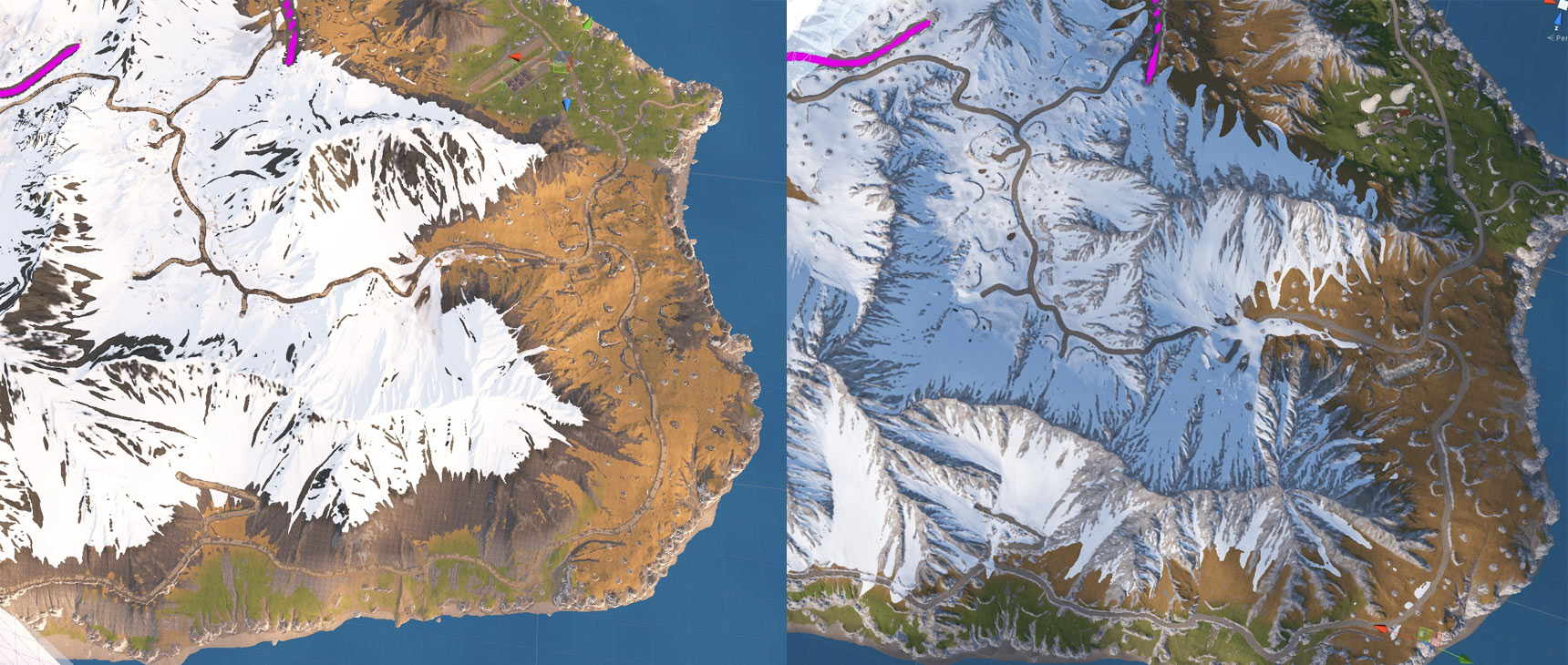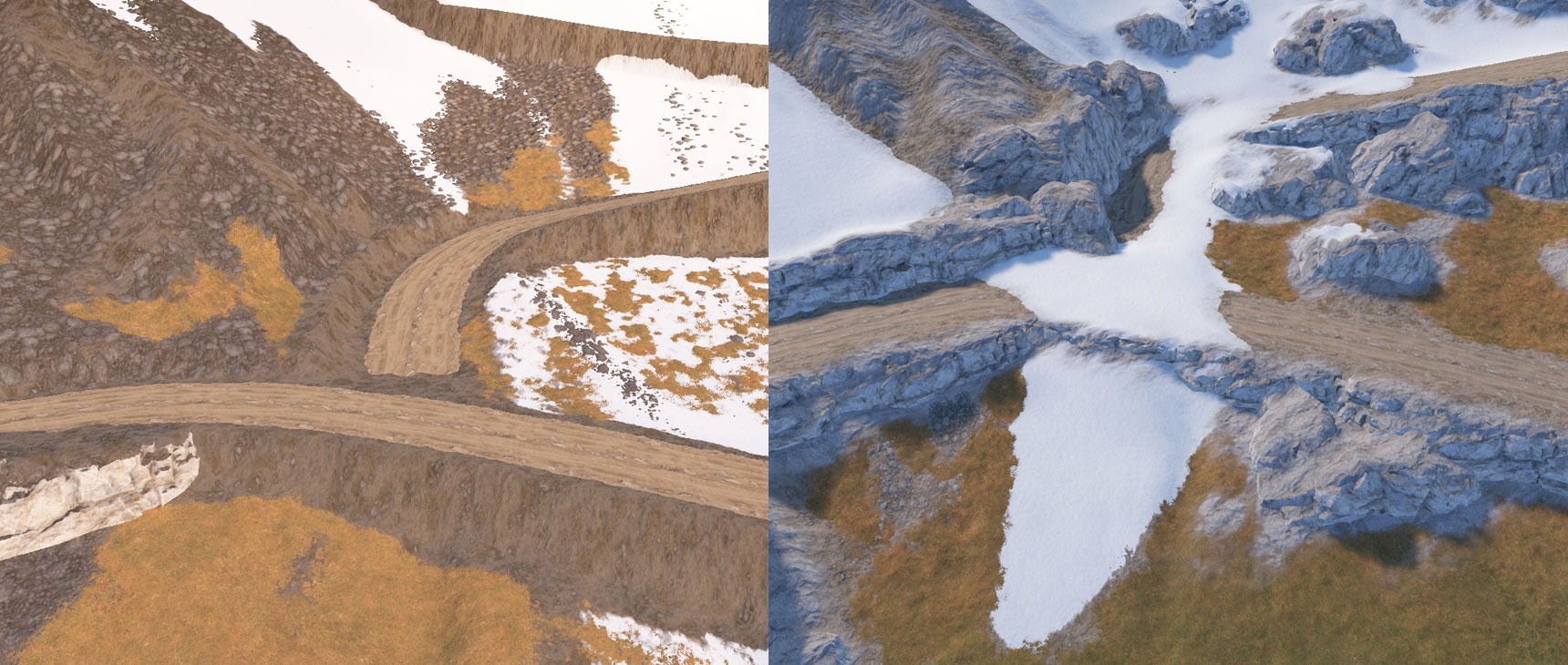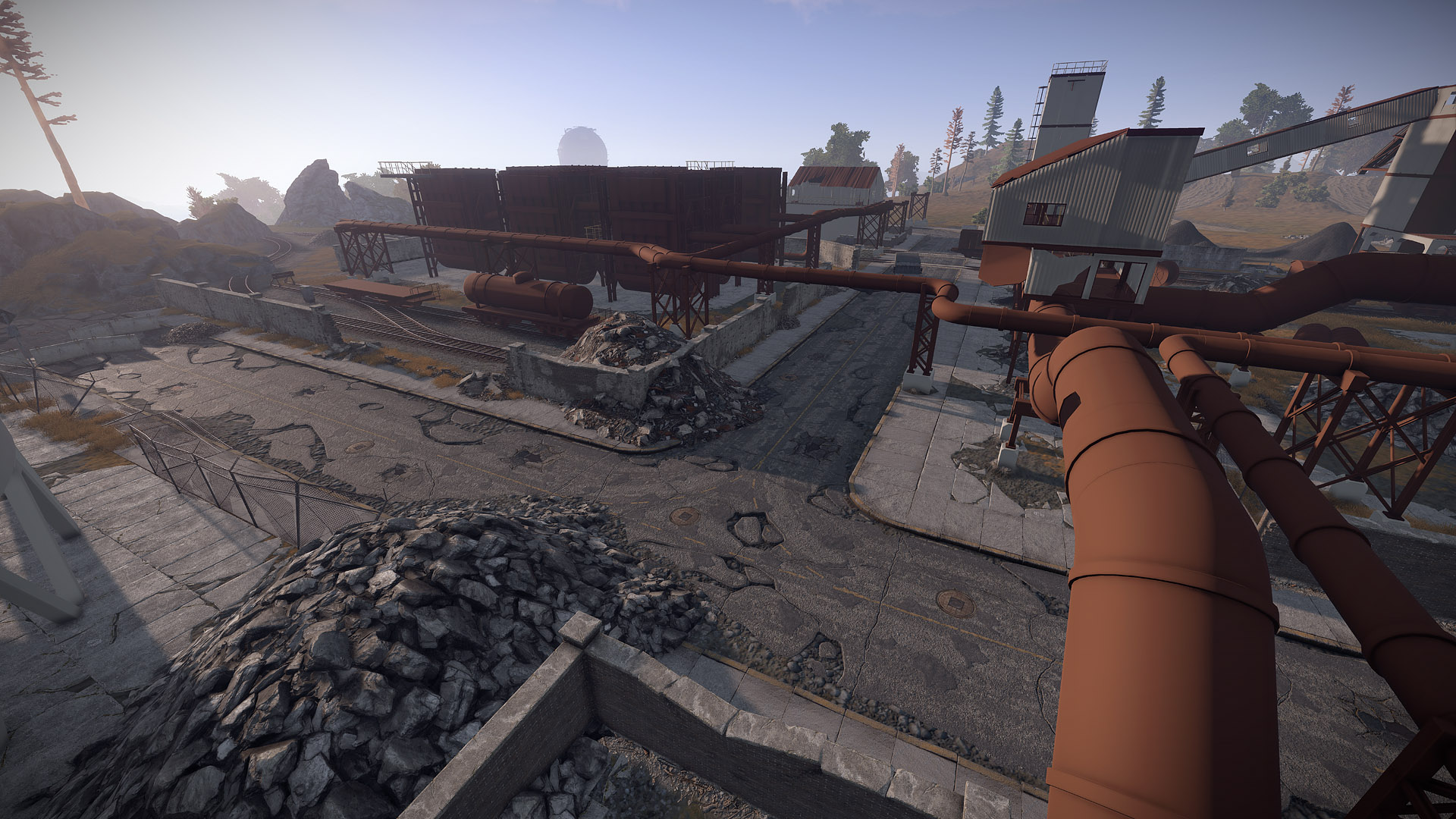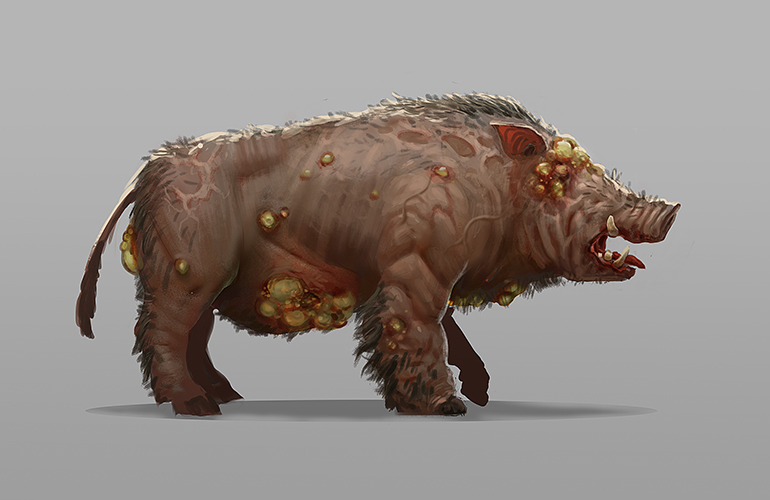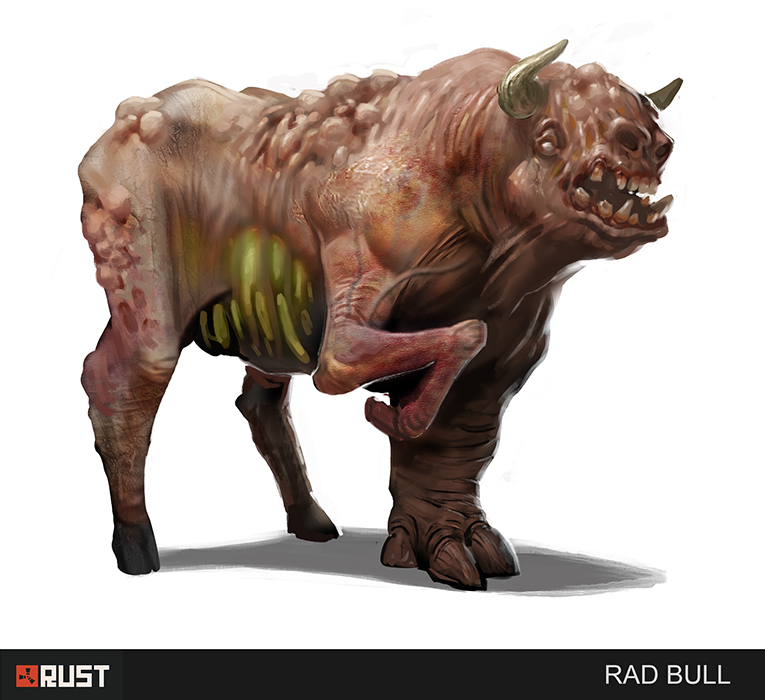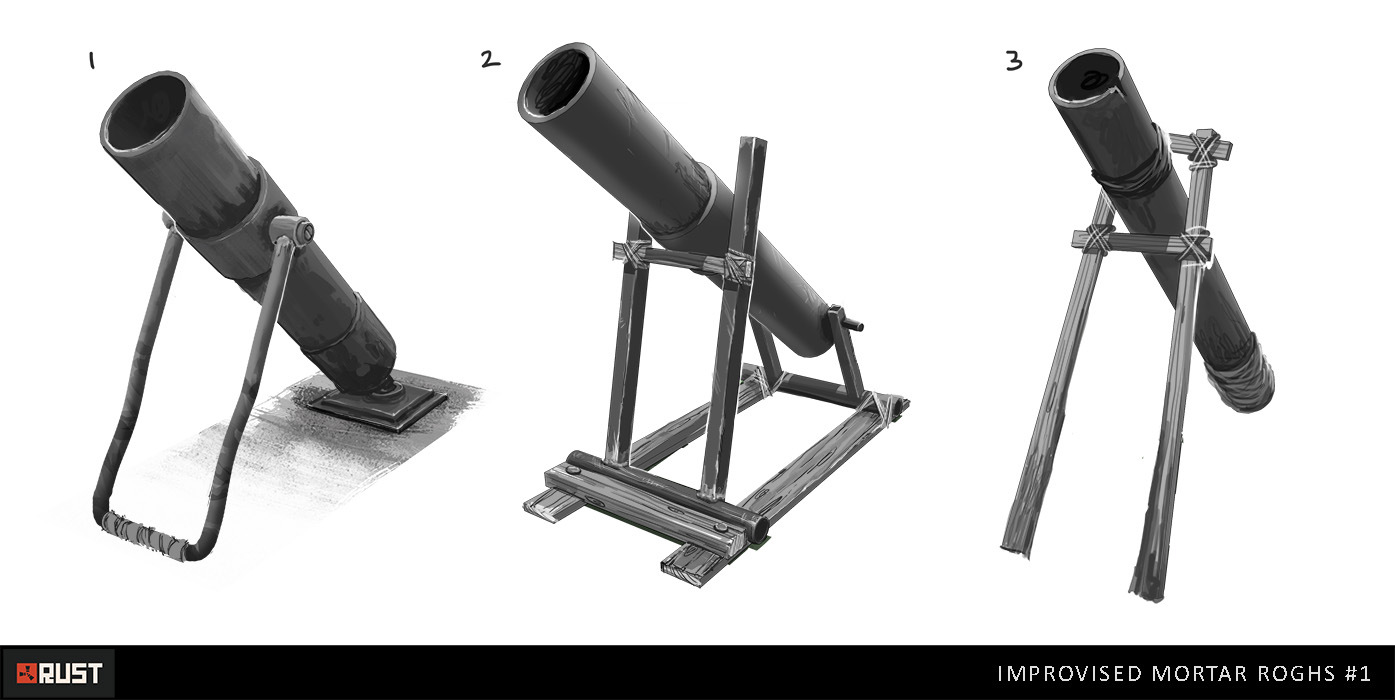The long wait is over: we've added server queues! We've also been revamping Hapis, adding right-click to the inventory, concepting rad animals, and optimising. Always optimising.
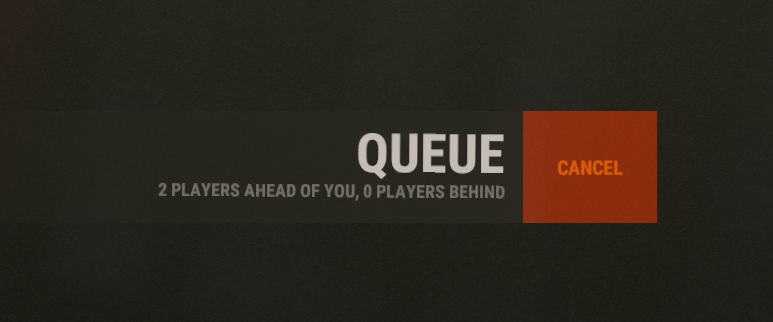 This comes with a couple of extra benefits to server owners: Maxplayers is now somewhat dynamic, and you can change it while the server is running. Making it lower than the number of players on the server will mean that anyone else that joins will be put in the connection queue until the player count is lower than maxplayers.
Another benefit is that server admins jump the connection queue. So if you're running a 200 player server and you want to join to check on some suspicious activity but it's full, you still can. The server will just be 201/200.
This comes with a couple of extra benefits to server owners: Maxplayers is now somewhat dynamic, and you can change it while the server is running. Making it lower than the number of players on the server will mean that anyone else that joins will be put in the connection queue until the player count is lower than maxplayers.
Another benefit is that server admins jump the connection queue. So if you're running a 200 player server and you want to join to check on some suspicious activity but it's full, you still can. The server will just be 201/200.
 A larger problem I'm also working on, which should be ready next week, is the very distracting z-fighting happening between the shore terrain and ocean surfaces.
A larger problem I'm also working on, which should be ready next week, is the very distracting z-fighting happening between the shore terrain and ocean surfaces.
